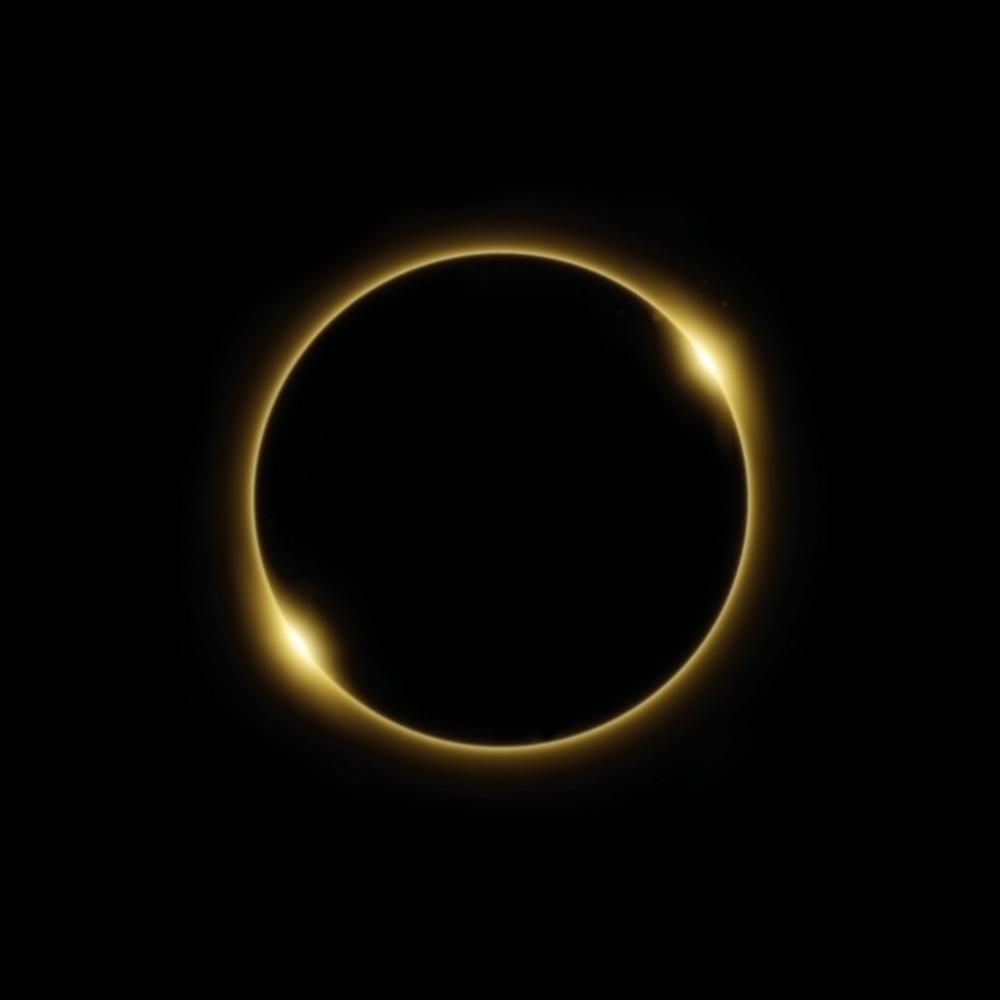
Understanding Sun Blindness
At Sun Blindness Injury, our mission is rooted in a profound commitment to shed light on the perils of sun blindness, a condition often underestimated in its ability to alter lives. Sun blindness, or solar retinopathy, emerges not just as a medical term but as a stark warning against the negligence of proper eyewear during exposure to the sun’s powerful rays.
Our journey began from a series of heart-wrenching stories from individuals who suffered eye injuries due to the use of incorrect or defective sunglasses. It is a testament to the irreversible damage that overlooking the right protective measures can cause, particularly during events like solar eclipses that draw millions to witness the celestial marvel, often without adequate eye protection.
The Importance of Proper Eyewear
The cornerstone of preventing sun blindness rests on the use of approved sunglasses that adhere to the rigorous safety standards for UV and IR radiation protection. These standards are not merely suggestions but essential requirements for safeguarding one’s vision against the harmful effects of the sun.
Why ANSI Ratings Matter
At the heart of choosing the right sunglasses lies the ANSI rating — a certification that ensures the eyewear has met the necessary protective benchmarks. It’s a beacon of trust and safety in a sea of options that range from the genuine to the counterfeit, guiding users to make informed decisions that prioritize eye health.
Risks of Counterfeit Sunglasses
The market is awash with fake or counterfeit sunglasses that tempt with style but fail miserably at protection. Wearing these can lead to a false sense of security, exposing eyes to dangerous levels of radiation and increasing the risk of sun blindness. Our advocacy is not just about awareness but about empowering individuals to discern between what’s safe and what could potentially harm them.
Signs of Solar Retinopathy:
- Distorted or blurred vision
- Central vision loss
- Changes in color vision
- Eye discomfort
- Potential permanent blindness
This list of symptoms is a clarion call to take immediate action should they arise after exposure to the sun, especially when substandard sunglasses are in use.
Legal Support for Victims
Sun Blindness Injury is not just an organization; it’s a sanctuary for those whose lives have been impacted by sun blindness due to inadequate eyewear. Our team of dedicated personal injury attorneys understands the depth of despair that accompanies such injuries, and we stand ready to support victims in seeking justice and compensation.
Navigating the Path to Compensation
The road to recovery is often marred with challenges, from accumulating medical bills to the emotional toll of adapting to vision changes. Our role extends beyond mere legal representation. We guide our clients through each step, advocating for their right to compensation for medical expenses, pain, suffering, and other damages arising from eye injuries.
Prevention and Awareness
As we champion the cause of those affected by sun blindness, our vision encompasses a broader horizon – one of prevention and heightened awareness. Informing the public about the dangers of counterfeit sunglasses and the significance of ANSI ratings is paramount.
Choosing the right sunglasses is more than a fashion statement; it’s a health imperative. By spotlighting the risks and offering guidance on selecting safe eyewear, we aim to reduce the incidence of sun blindness and protect the eye health of future generations.
Our Promise
At Sun Blindness Injury, our commitment is unwavering. We stand as vigilant guardians of eye health, dedicated to alleviating the suffering of those affected by sun blindness and preventing future cases through education and support. Contact us today for expert legal assistance, support, and to join our cause in promoting safe sun viewing practices.
Together, we can turn the tide against the epidemic of sun blindness, bringing to light the importance of protective eyewear and the right to clear vision for all.

What are the symptoms of sun blindness?
When we talk about sun blindness, or solar retinopathy, the symptoms can vary greatly among individuals. However, there are a few common signs that should immediately raise red flags. Distorted or blurred vision is often one of the first indicators. Imagine looking at a beautiful painting, only to find that the center seems smudged or unclear. That’s akin to how central vision loss manifests in those suffering from sun blindness. Then, there are changes in color vision, which is like suddenly seeing the world through a faded, washed-out filter. Eye discomfort can range from mild irritation to severe pain, acting as a clear signal that something’s amiss. The most alarming symptom, however, is the potential for permanent blindness. It’s crucial to recognize these signs early and seek professional help, as they serve as a distress signal from your eyes pleading for protection against the harm caused by UV and IR radiation.
How long does sun blindness last?
The duration of sun blindness can vary. In some lucky cases, the effects are temporary, and vision may recover over a period of days or weeks with proper medical attention. However, it’s essential to understand that depending on the severity of the exposure and how quickly treatment was sought, some effects could be lasting. I have seen scenarios where individuals, after an afternoon of unprotected sun gazing, experienced gradual improvement in their vision but still had lingering effects like difficulty adapting to changes in light. The eye is remarkably resilient but equally vulnerable. It’s a reminder of how critical it is to prioritize prevention and protect our eyes with the proper eyewear, especially during high-risk activities like watching a solar eclipse.
What is sun blindness called?
Solar retinopathy is the medical term for what is commonly known as sun blindness. This condition results from the sun’s rays, specifically ultraviolet (UV) and infrared (IR) radiation, damaging the retina–the part of the eye responsible for converting light into signals that our brain interprets as images. Imagine the retina as the film in a camera; exposing it to the intense light of the sun is akin to shining a laser directly at the film, causing irreparable damage to those delicate tissues. That’s why choosing the right sunglasses, with a proper ANSI rating, becomes not just a matter of comfort but a crucial shield to protect our most valuable sensory organ.
What happens if you look at the solar eclipse for 1 second?
Even a brief glance at a solar eclipse without proper protection can be harmful. You might think, “It’s just for a second,” but the reality is, in that second, your eyes are exposed to intense UV and IR radiation capable of burning the retina. I recall talking to someone who took a quick peek at an eclipse, thinking it wouldn’t do any harm, only to experience pain and blurred vision hours later. It’s a common misconception that damage is instantaneous or that you need to stare directly at the sun for a prolonged period to be at risk. The truth is, the damage is often not felt immediately, but the lasting effects can be profound. This underscores the importance of using approved solar eclipse glasses or viewers that meet international safety standards to watch these celestial events safely.
Why do ANSI Ratings Matter for Sunglasses?
ANSI ratings represent a seal of approval from the American National Standards Institute, indicating that the sunglasses have met stringent safety criteria for UV and IR radiation protection. This rating is not just another sticker on your sunglasses; it’s an assurance that your eyewear can truly protect your eyes from the sun’s harmful rays. I’ve seen many cases where clients learned the hard way that their stylish sunglasses were little more than fashion statements without substance, leading to serious eye injuries. Investing in sunglasses with an ANSI rating is investing in your eye health and peace of mind. It’s about making an informed choice to shield your eyes with the highest standard of protection available.
What are the risks of wearing counterfeit sunglasses?
Counterfeit sunglasses present a dangerous illusion of safety. They often mimic the style of reputable brands but lack the essential protection against UV and IR radiation. The risk goes beyond just sun blindness; prolonged exposure without proper protection can lead to cataracts, skin cancer around the eyelids, and other serious eye conditions. Imagine wearing what you think is a bulletproof vest that turns out to be made of cardboard. That’s the kind of false security fake sunglasses offer. Many victims of counterfeit eyewear don’t realize the danger they’ve exposed their eyes to until it’s too late. Our mantra is clear: style should never compromise safety. By educating on the dangers of counterfeit sunglasses, we aim to prevent needless suffering and promote a culture of eye health and safety.
Eyewear Resources
- Centers for Disease Control and Prevention – Vision Health – Information on the risks of bright light exposure and the importance of protective eyewear.
- American Optometric Association – Protecting Your Vision – Resources on how to protect your vision, including the use of proper eyewear.
- American Academy of Ophthalmology – Sunglasses: Your Prescription for Eye Health – Information on the importance of sunglasses in filtering out harmful rays.